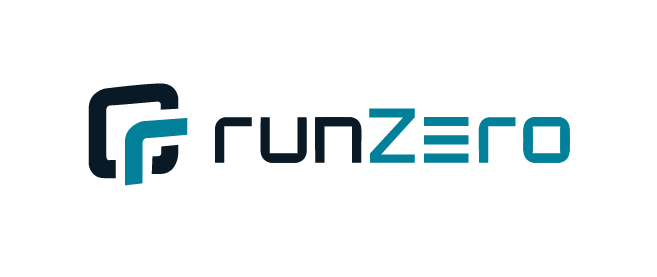Earlier this week, researchers with Eclypsium shared findings on three vulnerabilities present in American Megatrends (AMI) MegaRAC firmware. MegaRAC can be found in many server manufacturers’ Baseboard Management Controllers (BMCs), including AMD, Ampere Computing, ASRock, Asus, ARM, Dell EMC, Gigabyte, HPE, Huawei, Inspur, Lenovo, Nvidia, Qualcomm, Quanta, and Tyan. Successful exploitation of these vulnerabilities can provide an attacker with remote code execution, an administrative shell, and user enumeration. Given American Megatrend’s broad reach across server manufacturers and models the number of systems with vulnerable MegaRAC BMC firmware could be quite large.
What is the impact?
These vulnerabilities are scored as CVSS “critical” and “high” severities, and the reported vulnerability details include:
- CVE-2022-40259 (CVSS “critical” score of 9.9) – Remote code execution via Redfish API; requires initial access to an account with callback privileges or higher
- CVE-2022-40242 (CVSS “high” score of 8.3) – Administrative shell via default credentials
- CVE-2022-2827 (CVSS “high” score of 7.5) – User enumeration via API request manipulation
The Eclypsium report does mention that public exposure of vulnerable BMCs appears to be “relatively low compared to recent high-profile vulnerabilities in other infrastructure products.” That said, data centers where many similar servers exist -–including data centers providing cloud-based resources-– could yield many opportunities for an attacker who has attained access, and detection of BMC exploitation can be “complex” and is likely to be missed with traditional EDR/AV.
Are updates available?
While American Megatrends has not made a security advisory available at the time of this publication, owners and administrators of systems with MegaRAC BMC firmware should check with their server manufacturers for patched firmware updates.
Mitigations are offered in the Eclypsium report (see the “Mitigations” section), including (but not limited to) the following suggestions:
- Ensure that all remote server management interfaces (e.g. Redfish, IPMI) and BMC subsystems in their environments are on their dedicated management networks and are not exposed externally, and ensure internal BMC interface access is restricted to administrative users with ACLs or firewalls.
- Review vendor default configurations of device firmware to identify and disable built-in administrative accounts and/or use remote authentication where available.
How do I find potentially vulnerable MegaRAC BMC assets with runZero?
From the Asset Inventory, use the following pre-built query to locate BMC assets running MegaRAC firmware which may need remediation:
type:"BMC" and (hw:"MegaRAC" or os:"MegaRAC")

You can also locate all BMC assets in your environment by searching your Asset inventory for type:"BMC", which can then be triaged further.
As always, any prebuilt queries are available from our Queries Library. Check out the library for other useful inventory queries.
About Version 2
Version 2 is one of the most dynamic IT companies in Asia. The company develops and distributes IT products for Internet and IP-based networks, including communication systems, Internet software, security, network, and media products. Through an extensive network of channels, point of sales, resellers, and partnership companies, Version 2 offers quality products and services which are highly acclaimed in the market. Its customers cover a wide spectrum which include Global 1000 enterprises, regional listed companies, public utilities, Government, a vast number of successful SMEs, and consumers in various Asian cities.
About runZero
runZero, a network discovery and asset inventory solution, was founded in 2018 by HD Moore, the creator of Metasploit. HD envisioned a modern active discovery solution that could find and identify everything on a network–without credentials. As a security researcher and penetration tester, he often employed benign ways to get information leaks and piece them together to build device profiles. Eventually, this work led him to leverage applied research and the discovery techniques developed for security and penetration testing to create runZero.




